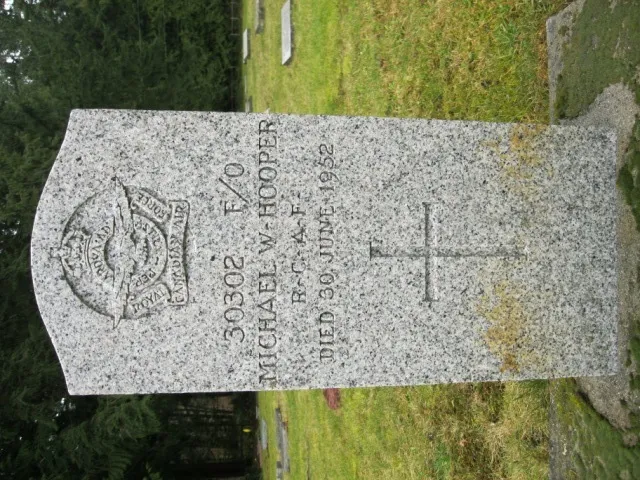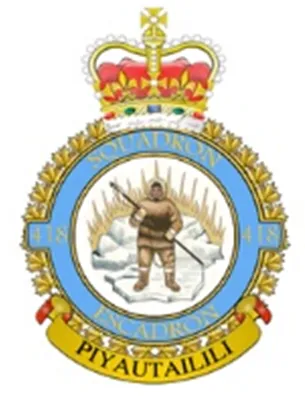North American Mitchell B-25 B-25D B-25J

Canadian Warplane Heritage Museum
The North American B-25 Mitchell is an American medium bomber that was introduced in 1941 and named in honor of Major General William "Billy" Mitchell, a pioneer of U.S. military aviation. Used by many Allied air forces, the B-25 served in every theater of World War II, and after the war ended, many remained in service, operating across four decades. Produced in numerous variants, nearly 10,000 B-25s were built.
The North American B-25 Mitchell was flown by the RCAF during and after the Second World War. The RCAF flew the B-25 Mitchell for training during the war and continued flying operations after the war, in Canada with most of 162 Mitchells received. The first B-25s had originally been diverted to Canada from RAF orders. These included one Mitchell Mk. I, 42 Mitchell Mk. IIs, and 19 Mitchell Mk. IIIs. No 13 (P) Squadron was formed unofficially at RCAF Station Rockcliffe in May 1944 and flew Mitchell Mk. IIs on high-altitude aerial photography sorties. No. 5 OTU (Operational Training Unit) at Boundary Bay, British Columbia and Abbotsford, British Columbia, operated the B-25D Mitchell in a training role together with B-24 Liberators for Heavy Conversion as part of the BCATP. The RCAF retained the Mitchell until October 1963.
No. 418 (Auxiliary) Squadron received its first Mitchell Mk. IIs in January 1947. It was followed by No. 406 (Auxiliary), which flew Mitchell Mk. IIs and Mk. IIIs from April 1947 to June 1958. No. 418 Operated a mix of Mk. IIs and Mk. IIIs until March 1958. No. 12 Squadron of Air Transport Command also flew Mitchell Mk. IIIs along with other types from September 1956 to November 1960. In 1951, the RCAF received an additional 75 B-25Js from USAF stocks to make up for attrition and to equip various second-line units.. Wikipedia and Harold Skaarup web page
CASPIR Aircraft Groups:
RCAF On Strength (164), Canadian Aircraft Losses (73), Canadian Ferried (5)Mitchell B-25D / Mk. 2LB HD323
Ex USAAF B-25D-35-NA serial number 43-3794, ex RAF Mitchell Mk. II HD323. Officially identified as a B-25D in early RCAF records. Delivered to stored reserve. Issued on 9 March 1944 to No. 5 Operational Training Unit at Boundary Bay, BC. To storage at Reserve Equipment Maintenance Satellite at Abbotsford, BC on 3 December 1945. Assigned to No. 3 Reserve Equipment Maintenance Unit at Carberry, Manitoba on 4 February 1946. Stored by No. 10 Repair Depot at RCAF Station Gimli, Manitoba by 1948. To Avro Canada at Malton, Ontario for conversion to Light Bomber, 16 March 1949 to 1 April 1950. To North West Air Command when completed. To North West Industries in Edmonton, Alberta for sheet metal repairs and winterization, 28 November 1951 to 23 January 1952. To Tactical Group when completed, for use by No. 418 Squadron (Auxiliary) at Edmonton. Went missing 30 June 1952. 3 fatalities.
1944-03-01 Taken on Strength Western Air Command as a new aircraft 2019-08-20
1952-10-25 Struck off Strength Written off, wreckage still not found by this date 2019-08-20





 Canadian Virtual War Memorial
Canadian Virtual War Memorial Find-A-Grave.com
Find-A-Grave.com Beaverlodge, Alberta
Beaverlodge, Alberta
 Mitchell Bomber
Mitchell Bomber Wikipedia Mitchell Bomber
Wikipedia Mitchell Bomber Harold A Skaarup Web Page
Harold A Skaarup Web Page



